(1466 products available)

















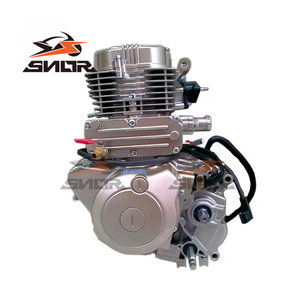























































































































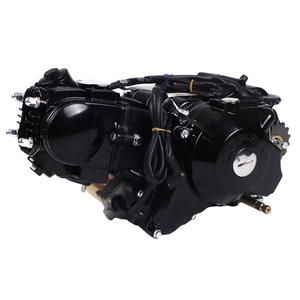
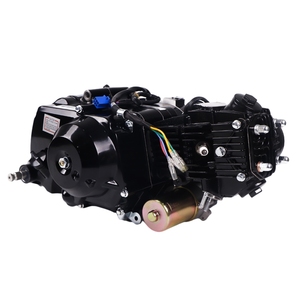
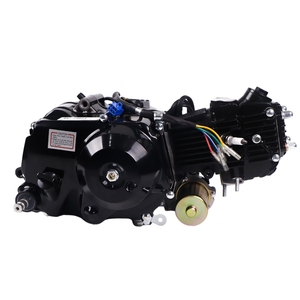
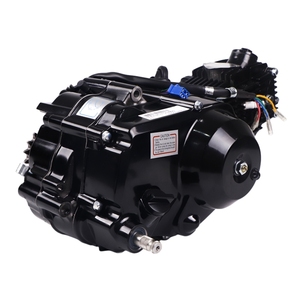
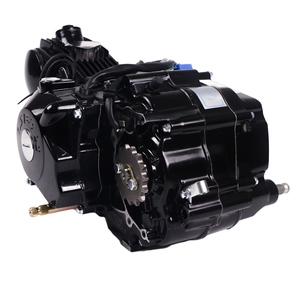
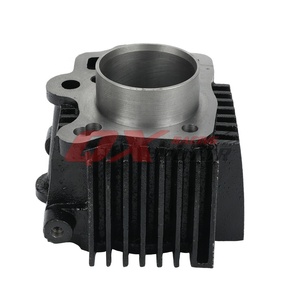


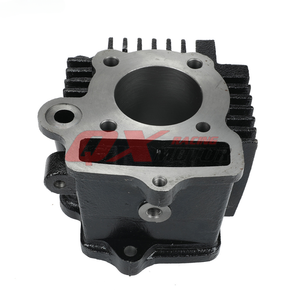











































A 90cc engine has a displacement of 90 cubic centimeters. The engine size is common in small-scale machinery and equipment, such as lawnmowers, chainsaws, and brush cutters. Here are the types:
Two-stroke engines
In a two-stroke engine, every cycle of the piston generates power. The design allows more power in a smaller size. The 90cc two-stroke engines are lightweight and ideal for portable equipment like handheld blowers and chainsaws. However, they are less fuel efficient and have higher emissions compared to four-stroke engines.
Four-stroke engines
Four-stroke 90cc engines are more common in vehicles and larger machinery. The 90cc four-stroke engine is more fuel-efficient and produces less emission. The downside is that the engine is heavier, and more cost may be incurred in maintenance.
Single-cylinder engines
Single-cylinder 90cc engines are the most common in small-displacement engines. The 90cc engine has one cylinder that draws air and fuel into the combustion chamber. The design makes the engine simple, reducing the cost. However, the 90cc single-cylinder engine may have vibration and noise issues, which can be a drawback in some applications.
Twin-cylinder engines
90cc twin-cylinder engines are less common because of the cost and complexity. The 90cc engine has two cylinders working together to produce power. The design of a twin-cylinder engine reduces vibration, producing a smoother operation. The 90cc twin-cylinder engine can be used in applications that require a consistent power output.
Every business, including those that sell 90 CC engines, should be conversant with the specifications and maintenance requirements of the engines. Here is a breakdown.
Engine type:
Many 90cc engines have a single-cylinder, air-cooled, four-stroke engine. This engine type offers a perfect balance between efficiency and power output.
Displacement:
The total displacement of these engines is 90cc, equivalent to 5.49 cubic inches. This figure refers to the total volume of all the cylinders in the engine.
Bore and stroke:
Bore refers to the diameter of the cylinder, while stroke refers to the distance the piston travels within the cylinder. Most 90cc engines have a bore diameter of 47mm to 50mm and a stroke length of 39mm to 42mm.
Compression ratio:
The compression ratio for 90cc engines ranges from 8:1 to 11:1. The ratio is determined by the engine design and the intended fuel type.
Power output:
These engines generate between 6.5 to 8.5 horsepower (HP) and 5 to 6.5 Nm of torque. The power output is determined by the design and tuning of the engine.
Ignition system:
90cc engines use a CDI ignition system. The system is responsible for providing a spark to ignite the fuel-air mixture in the engine's cylinders. The system ensures reliability and low maintenance requirements.
Fuel system:
The engines use a carburetor to regulate the fuel and air mixture entering the engine's cylinders. The carburetor is responsible for ensuring optimal fuel efficiency and power output.
Fuel type:
Most 90cc engines require a regular unleaded fuel with an octane rating of 87 or higher. Some engines may also be compatible with ethanol-blended fuels, such as E10 (10% ethanol, 90% gasoline).
Cooling system:
The cooling system for the 90cc engines is air-based. The system relies on airflow over the engine's cooling fins to dissipate heat generated during the combustion process.
Oil type:
90cc engines use a four-stroke engine oil with a viscosity rating of 10W-30 or 15W-40. The oil is used for lubrication, cooling, and cleaning of engine components.
To meet the above requirements, engine maintenance is crucial. Here is how to do it:
Choosing the right 90cc engine can be a daunting task, but it doesn't have to be. With a little guidance, buyers can make informed decisions that suit their needs. So, what are the things to consider when choosing a 90cc engine?
First and foremost, it is important to consider the purpose of the engine. What will it be used for? Is it for a motorcycle, ATV, or some other type of vehicle? Knowing the purpose will help narrow down the options and make choosing easier.
Another important factor to consider when choosing a 90cc engine is the brand. There are many different brands on the market, each with its own reputation for quality and reliability. Taking the time to research and choose a reputable brand can save a lot of hassle in the long run.
Performance is another key consideration when choosing a 90cc engine. Depending on the needs, buyers might want an engine with more power or one that is more fuel efficient. It is all about finding the right balance of performance features that suit the needs.
Lastly, budget is always a consideration. 90cc engines come in a range of prices, so it is important to determine a budget before shopping. With a little research and consideration of these factors, buyers can choose the right 90cc engine for their needs and budget.
When it comes to replacing a 90cc engine, it is important to have the right tools and knowledge of the process. Here is a step-by-step guide on how to replace a 90cc engine:
First, gather the required tools. These include:
Once the tools are ready, follow these steps:
Q: Is a 90cc engine good?
A: A 90cc engine can be a good choice for some applications. It is a small displacement engine that is often used in smaller vehicles, such as mopeds, scooters, and small motorcycles. It provides enough power to accelerate and maintain speeds that are appropriate for these types of vehicles. However, for larger vehicles or applications that require more power, a 90cc engine may not be sufficient.
Q: How fast can a 90cc engine go?
A: The speed of a 90cc engine depends on several factors, including the type of vehicle, its weight, and the gearing. In general, vehicles with 90cc engines can reach speeds of 30-50 mph (48-80 km/h). However, scooters or mopeds designed for lower speeds may have a top speed closer to the lower end of that range.
Q: Is a 90cc engine good for beginners?
A: Yes, a 90cc engine can be good for beginners, especially for those who are new to riding motorcycles or need a vehicle for light transportation. The 90cc engine provides enough power for basic transportation needs, and vehicles with this engine are typically lighter and easier to handle.
Q: How long does a 90cc engine last?
A: The longevity of a 90cc engine can vary based on several factors, including maintenance, operating conditions, and build quality. With proper maintenance and care, a 90cc engine can last anywhere from 5,000 to 15,000 miles (8,000 to 24,000 km) or more. Regular oil changes, air filter replacements, and using quality fuel can help maximize the engine's lifespan.